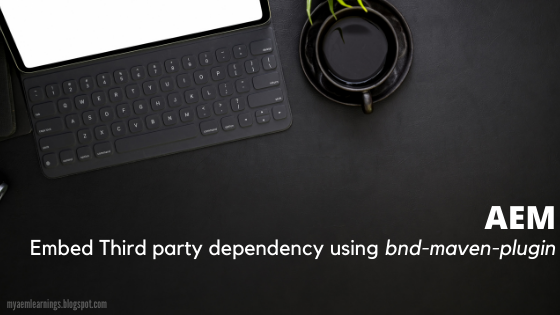Content Fragments in AEM - High level pointers
Content Fragments(CF), an implementation for re-using content across multiple locations/channels, a means for headless-CMS.
Use cases:
| jcr:primaryType | Content Fragments(CF) is of asset type - dam:Asset to hold mixed media content - Text and Assets. |
| Types |
Note : Per 6.5 Adobe docs, it is recommended to create CF using CFM.
|
| Simple Template | Defines single "Multiline text" element. |
| Content Fragment Model(CFM) | Offers different data types to define the type of content.(Single line, Multiline text, Date field, Numberfield, dropdown and so on OOB and an option to render each of this in multifield format as well. ) |
| Elements | Each of this data types that we define as part of CFM is referred to as Elements in CF |
| Mutiline Text element |
Note : Assets cannot be included in Plain text mode. Markdown can have reference to Assets per its syntax.
|
| Variations | We can create as many Variations out of Master which in turn has options to "Rename, Delete, Sync with Master". Note : Sync with Master is enabled only for Multiline Text element/data type. |
| Associated Content | An option in CF lets us to add related Collection to the fragment which will help list related assets when including CF in site pages. Note : We can add CF itself to be part of the same collection for easy tracking. |
| Inclusion in site pages | Created CF can then be added to pages via Content Fragment and Content Fragment List component from General group or creating proxy out of core components. |
| In-between content | When included in page, we will have a means to add "in-between" content which can be
Note: These are part of the page content and not the fragment content. (as it is authored at page level after locating content fragment)
|
| API/Access programmatically | Below mentioned interfaces are available for accessing content fragments/templates/elements/variations and its related from com.adobe.cq.dam.cfm.* |
| Pre-requisites(before creating CFM/CF) | CFM is part of configuration and hence the same needs to be enabled in /conf via Configuration Browser. (General -> Configuration Browser)
As CF being an asset and is to be created using CFM (which acts as a template for creating CF), the same needs to be allowed at desired DAM folder level.
|
Use cases:
- Content related to events, news articles, press release, product details can be part of CF where we can define structured content via CFM.
- Single multiline content scenarios like privacy, terms and conditions can be part of CF, defined at project level can be used across locales. (by leveraging translation)
Related screenshots for reference:





Impressive Post!!! Thanks for sharing this data with us.
ReplyDeletewhat is DevOps?
DevOps Practices
Very informative post on "Content Fragments in AEM ", If you want to know difference between content fragments and experience fragments in AEM, then check out this article.
ReplyDeleteThis comment has been removed by the author.
ReplyDelete